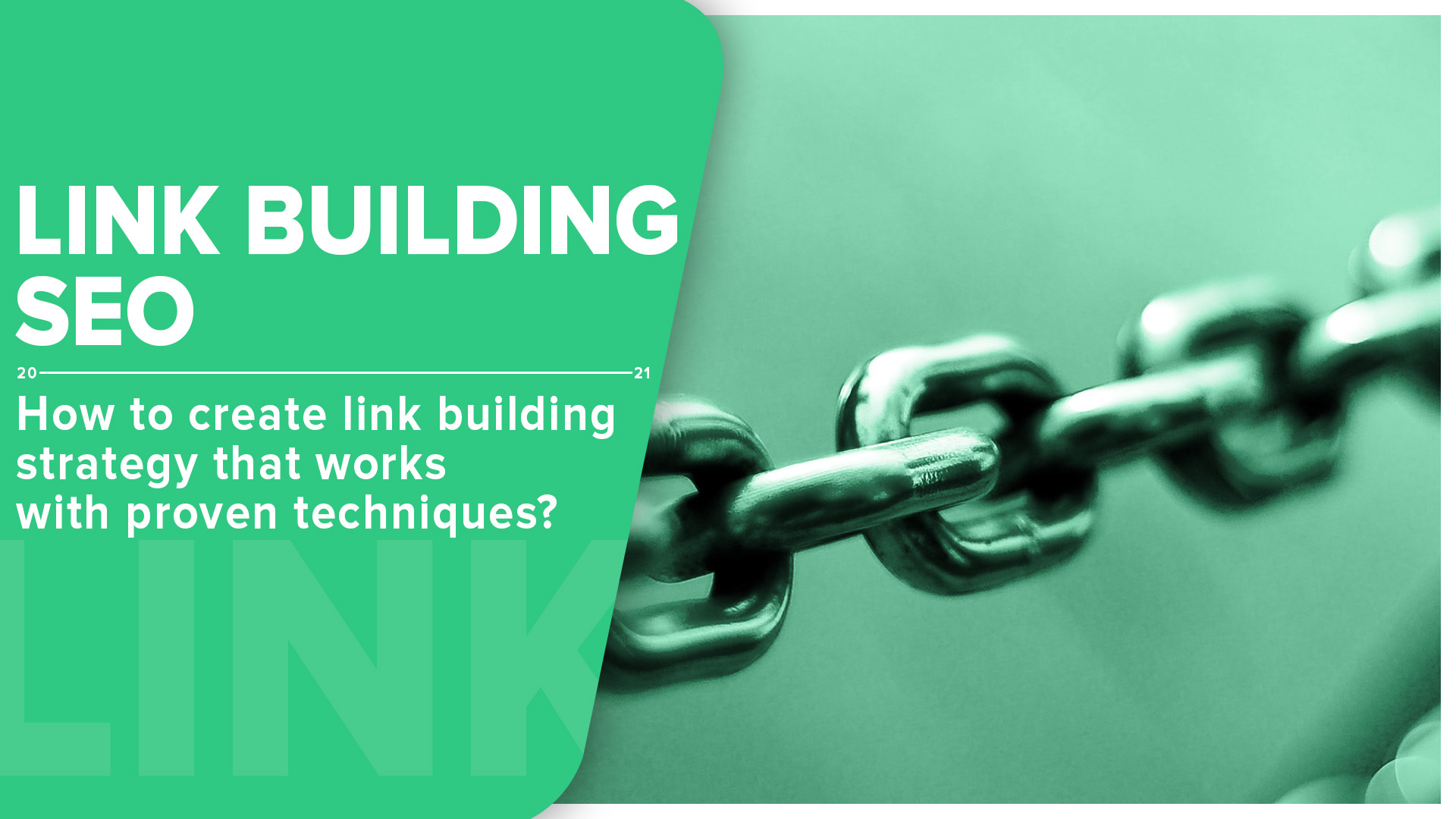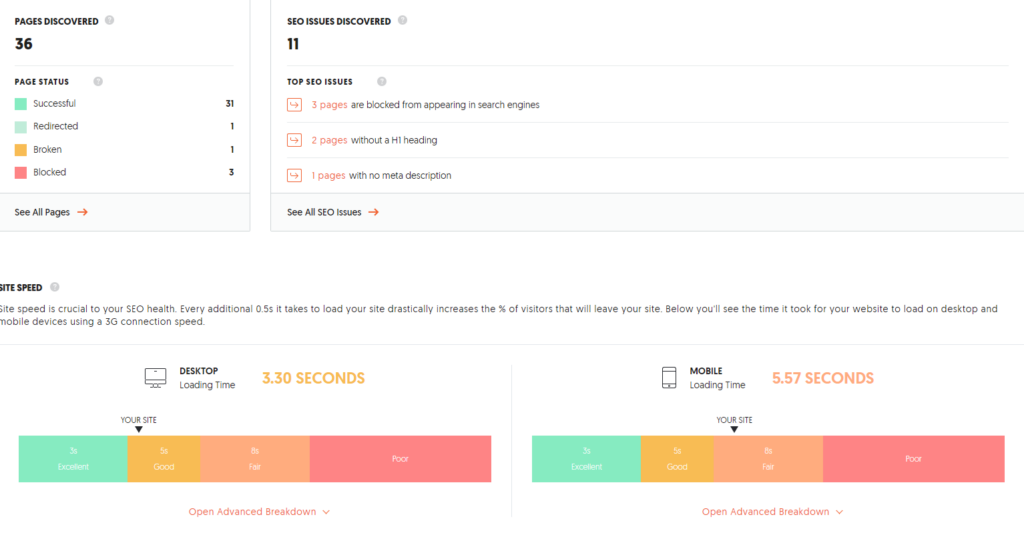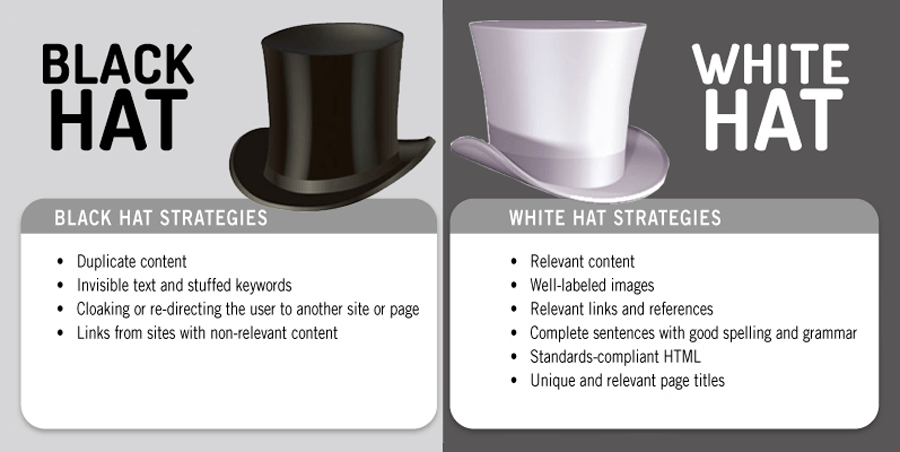
Creating strong Link Building strategy for content SEO is very important to you website in the long-term perspective. First of all, it’s one of the key ingriedients that helps to increase organic traffic to your site. Secondly, it helps your business to build valuable relationships with other brands.
Though with the latest Google Penguin 4.0 update that was targeted to fight against inappropriate link building techniques, such as spammy links, keywords stuffing and paying money for the links. This update had a huge impact on overall ratings and was penalizing people who abuse it. On the other hand, it also made it harder to other marketers grow their business using links building techniques that abide to Google regulations.
Despite all this, link building for content SEO is still very relavant and plays a huge role to increasing organic site’s traffic in search engines. Therefore in today’s article we’ll cover all you need to know about link building, different link types, what techiques to use, and which metrics to track to see how strong your connections are.
Is Link Building still alive?
Link Building
To begin with, Link Building is a process which aims to increase organic traffic leading to your website by accruining links and building valuable relationships with other sites. Therefore, it includes practises such as links referencing to other sites or sharing your blog posts on forums with the intent that someone will share it on their site.
It’s is still very benefitial technique, because through building connections with other sites you could grow your organic traffic. This all process starts when Google’s spiders begin crawling the web looking for the links on your site that connects to other websites, this way determining strength of your website and determining how high your website should be on search engine index.
The end goal of link building for content SEO is to achieve a state where your work will be shared across the internet without your request. It could be described as Content SEO Nirvana and each marketer should be thriving for it.
Lastly, to achieve this state won’t be that easy and lot’s of work will have to be made. Creating high-quality content and building long-term link building partnerships will be the key ingredients to success.

Different Link Types
Before you start building your links, it’s important to understand what other link types you can choose from. This will help you to better understand the benefits each brings, and how to set your link-building goals.
Up to this day, there’re 3 main link-building types for content SEO. Editorial links that you’ve asked for, editorial links that you didn’t ask and user-generated links.
Editorial Links You Asked For
In order to build editorial links, you have to put in a lot of energy and time. That involves reaching out to people with the intent that they will share your content on their site. To better illustrate this, let’s assume that for several months we’ve worked on this very important research paper. Where the main question was to understand why some people prefer buying clothes online and the rest in the physical stores.
Next to that, we’ve created a survey with 20 questions and asked 15.000 participant’s opinions about the subject. With the gathered information we created beautiful and easy-to-digest infographics and started working on link building.
We’ve started reaching out to journalists, various media platforms and shared our findings in forums and similar groups. Here we expected to find people interested in sharing our content on their sites. The more people will share it on their sites, the more it will help us to increase our site’s rating and overall domain strength.
Editorial Links You Didn’t Asked
The ultimate success of the links-building for content SEO happens unnoticed, where people share your content on their website without your active effort. Therefore this is one of the best link-building types to grow your links and every marketeer should be seeking for. Since you don’t have to spend an active effort to build links, you can spend your valuable time elsewhere.
However, if you’re still a small brand, it can be quite difficult and frustrating to draw attention to yourself. Big brands such as Tesla do that effortlessly. Let’s just think for a second, that when each time a new Tesla model comes out, media quickly picks up the story and creates buzz out of it across the internet.
To sum up, it’s important to mention that achieving these link types is the hardest and takes the most time, though not that impossible. However, there are 2 important things you’ve to keep in mind. First, you should always strive to deliver high-quality content, that people would be motivated to share. Second, make sure that your product is so good that it just doesn’t leave any other options, but to share it.
User-generated links
The last link building type is user-generated links and it should be taken with extra precaution. That’s mostly because Google doesn’t like links created by yourself. And prefers them coming from other sites than the ones created on purpose.
For example, user-generated links include:
- Infographic embeds
- Forum signatures
- Poorly moderated blog comments
- Guestbooks
- Article directories
What link building tactics should you use?
Unfortunately, link-building for content SEO doesn’t fit all businesses and you’ve to weigh in all the possibilities. That includes finding what works and doesn’t work for you the best.
Though among other thousand of options you can do guest blogging, create surveys, post in forums, fix broken links, and much more.

Guest Blogging
It’s one of the most popular link-building techniques for content SEO that really works great if you just started. First of all, it helps you to increase site traffic and build important partnerships with other companies.
In short, guest blogging is the practice of approaching other websites with a proposal to write for them. And it’s beneficial both to you and the website you write for. First of all, you help them to create extra content. Secondly, it helps to raise your brand awareness and exposure across the internet.
Unfortunately, over the past several years, guest blogging has weakened for several reasons. And that has mostly to do because a lot of people started abusing it by creating bad content and stuffing it with too many links and keyphrases. However, it doesn’t mean that it no longer works, and to fully unleash its potential you’ve to focus on delivering high-quality content.
Link building through content
Similarly, you can build links through content creation, but this process might take a lot of time and needs good planning. It includes link building practices such as creating:
- Infographics
- Reasearch studies
- How-to guides
- DYI video
- Whitepapers
- Data-visualizations
- Online Tools
Recently, it became quite a common thing to build various online tools or calculators to attract more people sharing it and this way build links. These tools can vary from real-estate agencies calculators that help to measure your credit score. To various other marketing tools that measure your page speed limit within minutes.
For example, this Neil’s Patel SEO page Analyzer helps to measure your site’s performance. Subsequently providing you with a short report of what’s working on your site and what should be fixed.

Here we tested our website’s SEO performance and we’ve got this easy-to-understand report. After the analysis, we see that we have some broken links that need to be fixed and slow performance on mobile devices. To solve the latter we could switch to AMP-developed mobile sites or find other solutions.
In short, building tools could be helpful for several reasons. First, it helps you to generate more traffic and attract new prospects. And second, it helps your business to build backlinks leading to your site, which improves your domain quality.
Broken Links
Over time it can happen that some of your links can break. For instance one of your blog posts was referencing a site with some interesting research data though after some time it broke and now leads to nowhere.
Well, that’s great news to people building links. And this technique is quite simple and works something like this:
- Start researching the web for broken links on your subject
- Then create a high-quality content that could be replaced
- Lastly, reach out to these sites with a replacement proposal
In most cases, a webmaster will be so kind and agree to your proposal. Though you’ve to provide a kick-ass high-quality content worth of their time.
On the other hand, it’s not always needed to research broken links. And sometimes it’s just enough to reach out to similar sites. However, you’ve to propose them with an even better option than they currently have. Consequently, the following technique is better known as Skyscraper Technique and it’s best known for creating content better than your competition. This way expecting that your targeted website will choose your content over the old one.

Meassuring Success
Same as you don’t want to be cooking something new without a recipe book, creating a successful link-building strategy for content SEO requires good preparation. In order to make strong link-building partnerships, you’ve to research your links and answer how relevant their content is.
Since Google started punishing websites that abuse link-building techniques, it became even more important to build links with high-quality content. To do that correctly, check site metrics such as Page Rank, Domain Authority, and Text Anchoring.
Page Rank
It’s said that page ranking is one of the key metrics on how Google determines a page’s strength. This way serving its customers with the most relevant results and highest quality content.
In short, it tracks how many high-quality links are referencing back to your website and assigns a number between 0-1. With 1 being the highest and this way helping Google to understand how to rank your site on the search engines.
Though page ranking never remains static and it’s always updated in real-time. Therefore it has influence over your website’s position on the search engine in real-time too.
Domain Authority
Another decent metrics to measure a website’s strength is Domain Authority. There’s plenty of different online tools that can help you to check your domain authority such as Moz online calculator.
In short, it takes data from your website and measures how many links have been linked to your domain. Later it tracks keywords, and checks spam analysis. After it, it provides results over your domain authority in percentages, with 100% being the highest.
Similarly, if you wish to dig slightly deeper, you can track Page Authority too. Differently from the former one, Page Authority shows how strong your pages are compared to your domain.
Text Anchoring
Google tracks other metrics too to better understand what sites are linked and their quality or topic.
Tracking Anchor Text is one of them and it gives a clear indication to Google of the site’s subject. Therefore if the website is linked to an “SEO website analyzer”, it most likely leads to an SEO tool that can help to measure your site.
The latter information helps Google to decide the site’s ranking and match it to other similar keywords. To be fair, this functionality has been already confirmed by one of the Google Webmasters in the SEO office hours video.
Bonus Point
White Hat vs Black Hat link building techniques
If you’re doing link building for content SEO it’s most likely that at some point, you came across a term such as White and Black Hat link building techniques.
However, before going any further, we need to be very clear here about how Google compares these 2 techniques. In other words, it’s very strict on people who are abusing its rules on link building and try getting better SEO positions using dirty techniques.
Consequently. each wrong move here could lead to being punished or penalized. That’s why we don’t recommend using any of the black hat tactics, despite how tempting they might look at the first glance.
To better understand it, here are some of the Black Hat techniques:
- Duplicate content
- Buying links for money
- Stuffing your site with invissible text
- Re-directing users to another irrelevant site or page they didn’t expected
- Links coming from non-relevant content
On the other hand, white hat tactics are the complete opposite of black ones. The former techniques abide by Google’s Webmaster Guidelines and take an ethical approach to rank on Google.
White hat tactics help Google to better understand content relevance and could be defined as follows:
- Well-labeled images
- Relevant links with references
- Correct use of grammar
- Unique and relevant page titles

Link building for content SEO is usually a long-term game before you start seeing measurable results. And it doesn’t matter, how tempting it might be to use black hat techniques to gain short-term gain, we never recommend using them. However, we highly recommend always keep thriving to use techniques that abide by Google regulations, and sooner or later your hardly-earned results will show up.
Conclusion
All in all, there’s no 1 link-building strategy that fits all businesses. And each industry and business needs to find what works for them and build their strategy around it.
While to some of them it will be ideal to do guest blogging, to others it might work better repairing broken links.
Though we couldn’t stress here more enough, that it doesn’t matter what content you’ll create to reach your audience. The most important factor will remain to keep delivering high-quality content and continuously reach out to new prospects to build links.
Therefore, if you wish to dig slightly deeper into link building there’s plenty of great reads. And we would highly recommend checking out this great read “Ultimate Guide to Link Building” by Garrett French.
Similarly, while creating your link-building strategy don’t forget to research the quality of your backlinks. Check metrics such as Page Rank, Domain Authority, Text Anchoring and never connect to sketchy sites. That can result in getting penalized by Google for inappropriate link-building techniques.
In conclusion, it doesn’t really matter what strategy you’ll choose, but be sure to never use black hat techniques. Since that can affect your site’s rankings and become really hard to recover back to your old positions.




